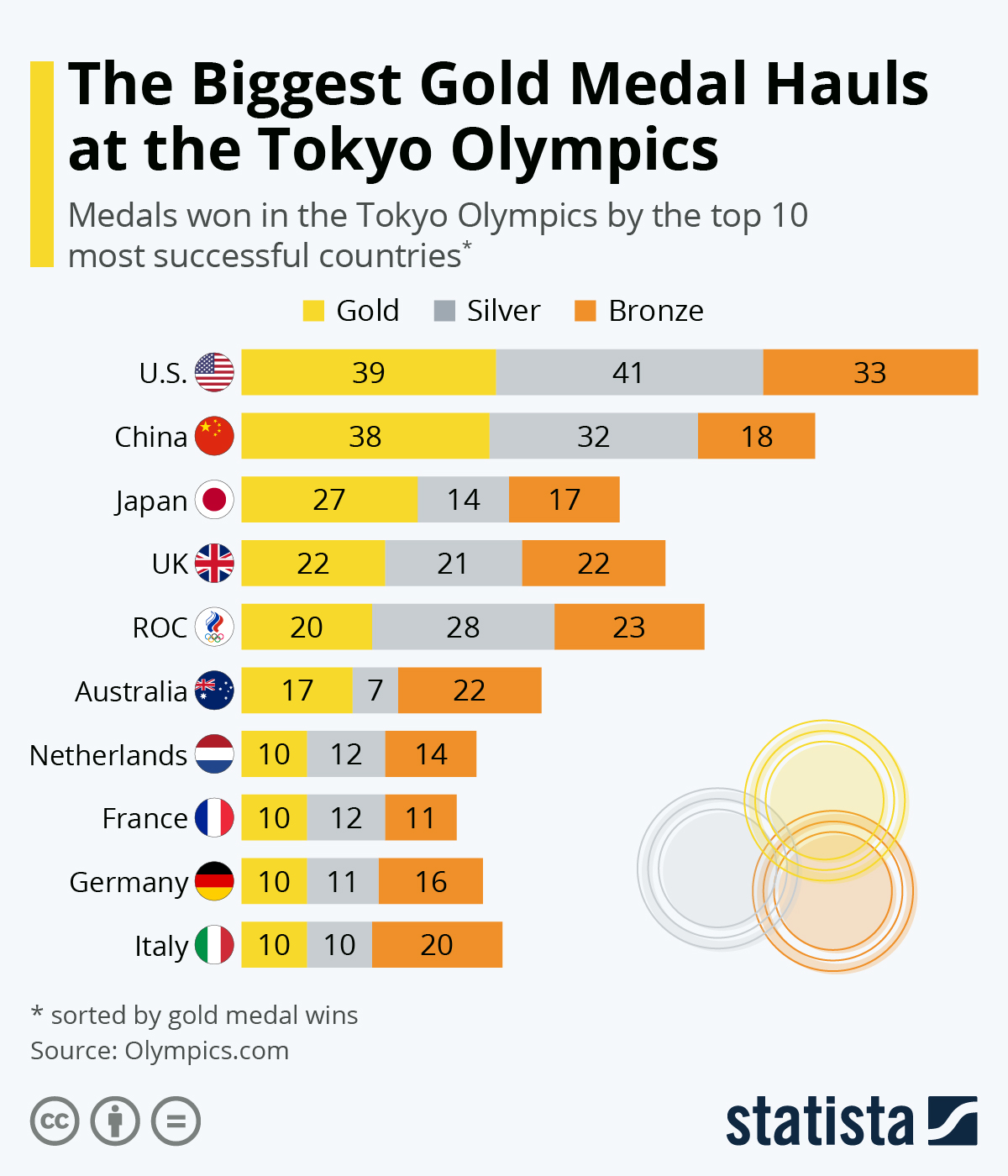
A Century of Glory: A Historical Analysis of Olympic Medal Tallies
The Olympic Games, a quadrennial spectacle of athletic prowess and international camaraderie, have captivated the world for over a century. Beyond the individual triumphs and dramatic finishes, the Olympic medal tally provides a fascinating lens through which to examine the shifting geopolitical landscape, the evolution of sporting nations, and the enduring power of athletic competition. This historical analysis delves into the evolution of the medal tally, exploring the dominant nations, the surprising ascents and declines, and the factors that contribute to a nation’s success on the Olympic stage.
Early Dominance and the Rise of the United States
The early years of the modern Olympic Games, beginning in 1896, saw a relatively fluid distribution of medals. While the United States quickly emerged as a significant force, the dominance wasn’t absolute. Great Britain, with its established athletic infrastructure and colonial reach, consistently performed well. Other European nations, such as France and Germany, also secured notable medal hauls, reflecting the concentration of sporting development in the continent. The early decades lacked the intensely focused, state-sponsored training programs that would characterize later eras, leading to a more diverse medal distribution. This period showcased the raw talent and passion for sport across a wider range of nations.
The 20th century witnessed a gradual shift in the medal landscape. The United States began its ascent towards consistent top-three finishes, propelled by a burgeoning sports culture, increased investment in athletic programs, and a growing national pride tied to Olympic success. The post-World War II era saw the US solidifying its position as a global sporting superpower. This was fueled by significant investment in infrastructure, coaching, and athlete development, often linked to the Cold War rivalry with the Soviet Union. The competition between these two superpowers significantly shaped the Olympic narrative, with both nations investing heavily in their athletic programs to demonstrate ideological superiority.
The Cold War and the Soviet Bloc’s Influence
The Cold War rivalry significantly impacted the Olympic medal tally. The Soviet Union, along with its satellite nations in Eastern Europe, emerged as a formidable force, challenging the United States’ dominance. The Soviet bloc’s success was attributed to a highly centralized and state-sponsored sports system. Athletes were identified at a young age, rigorously trained, and provided with the resources necessary to excel. This approach yielded impressive results, particularly in sports like gymnastics, weightlifting, and wrestling. The intense competition between the US and the Soviet Union transformed the Olympics into a stage for ideological battles, with medal counts often interpreted as indicators of national strength and prowess.
The success of the Soviet bloc, however, came at a cost. Allegations of state-sponsored doping and the suppression of individual freedoms cast a shadow on their achievements. The collapse of the Soviet Union in 1991 dramatically altered the Olympic landscape, leading to a reshuffling of the medal tally and the emergence of new sporting powerhouses.
The Rise of China and Other Asian Nations
The late 20th and early 21st centuries witnessed the remarkable rise of China as a major player in the Olympic Games. Following a period of relative underachievement, China implemented a comprehensive sports development strategy, identifying and training talented athletes with significant investment in infrastructure and coaching. This systematic approach, combined with a growing national pride in Olympic success, resulted in a spectacular surge in China’s medal count, particularly in sports like gymnastics, diving, and table tennis. Other Asian nations, such as Japan, South Korea, and India, also experienced notable improvements in their medal tallies, reflecting a growing global shift in sporting power.
The Impact of Technology and Globalization
The evolution of Olympic medal tallies is also influenced by broader societal trends. Technological advancements in training, sports science, and equipment have significantly improved athletic performance, pushing boundaries and leading to ever-increasing medal counts. Globalization has also played a significant role, facilitating the exchange of knowledge, expertise, and coaching techniques across nations. This interconnectedness has contributed to a more competitive environment, with nations constantly striving to improve their performance on the global stage.
Recent Trends and Future Projections
The recent Olympic Games have continued to exhibit a dynamic medal landscape. While the United States and China remain consistently among the top medal winners, other nations continue to challenge their dominance. Great Britain has experienced a resurgence in recent years, benefiting from increased investment and a focus on developing talent across a range of sports. Nations with strong athletic traditions, such as Germany, Russia, Australia, and Japan, also continue to secure significant medal hauls. The emergence of new sporting powerhouses, particularly in Africa and Latin America, suggests that the future Olympic medal tally will likely become even more diverse and competitive.
Conclusion
The history of Olympic medal tallies offers a captivating narrative of athletic achievement, geopolitical shifts, and the evolving nature of international competition. From the early days of relative fluidity to the intensely competitive landscape of the modern era, the medal tally reflects not only the triumphs of individual athletes but also the broader social, political, and economic forces that shape the world of sports. The future of Olympic medal tallies remains uncertain, but one thing is clear: the pursuit of excellence and the quest for Olympic glory will continue to drive nations and athletes towards ever-greater heights of achievement. The ongoing evolution of the medal tally promises a fascinating spectacle for years to come, constantly reshaping our understanding of global sporting power and the enduring human spirit of competition.



